Product Manager GPT-AI-Powered Product Management
Streamlining Product Development with AI
As a user, I want to...
The feature should allow users to...
To improve user experience, the application should...
The goal of this functionality is to...
Related Tools
Load More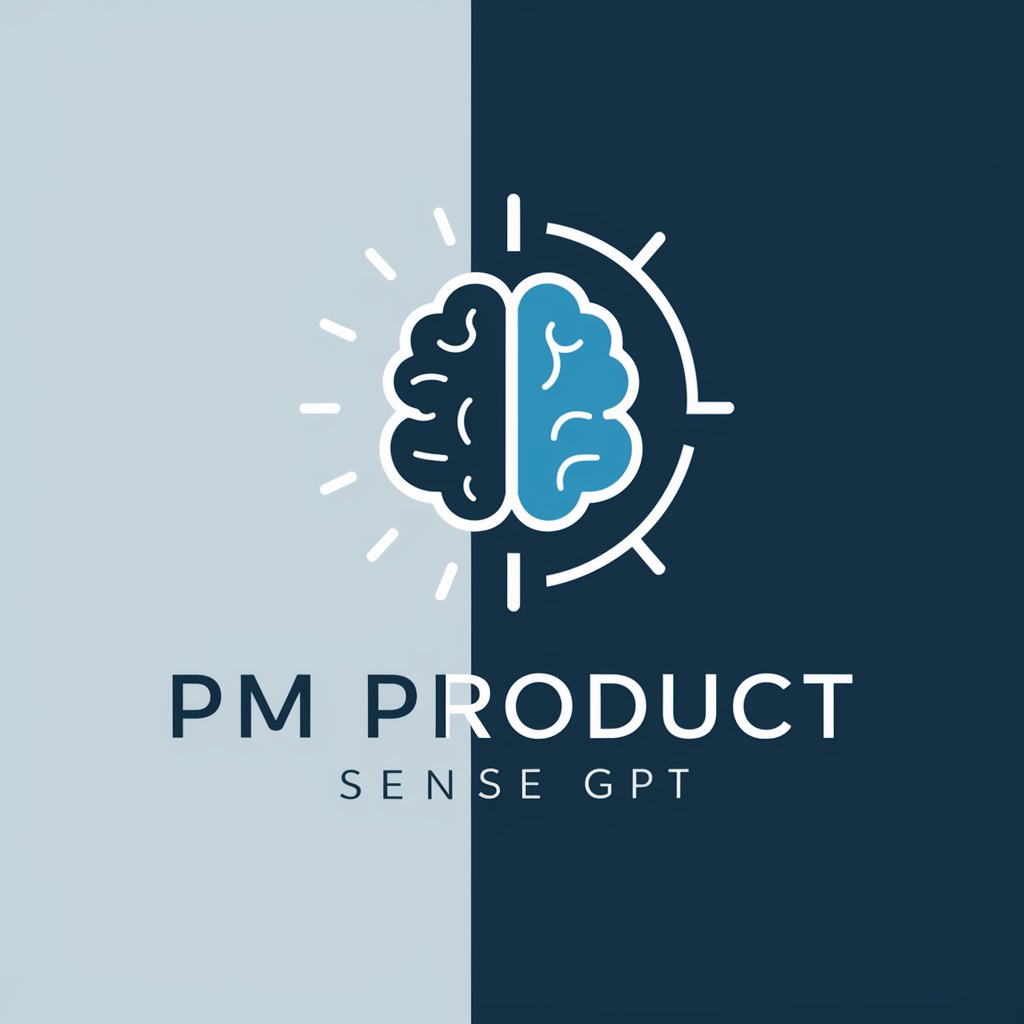
PM Product Sense GPT
Tailored for Big Tech Product Sense-type PM interviews, this GPT provides ideal responses to generated or your own questions, with a focus on AI-powered solutions (and provides a sample mock). Trained exclusively on Marily Nika's materials, it's an ideal
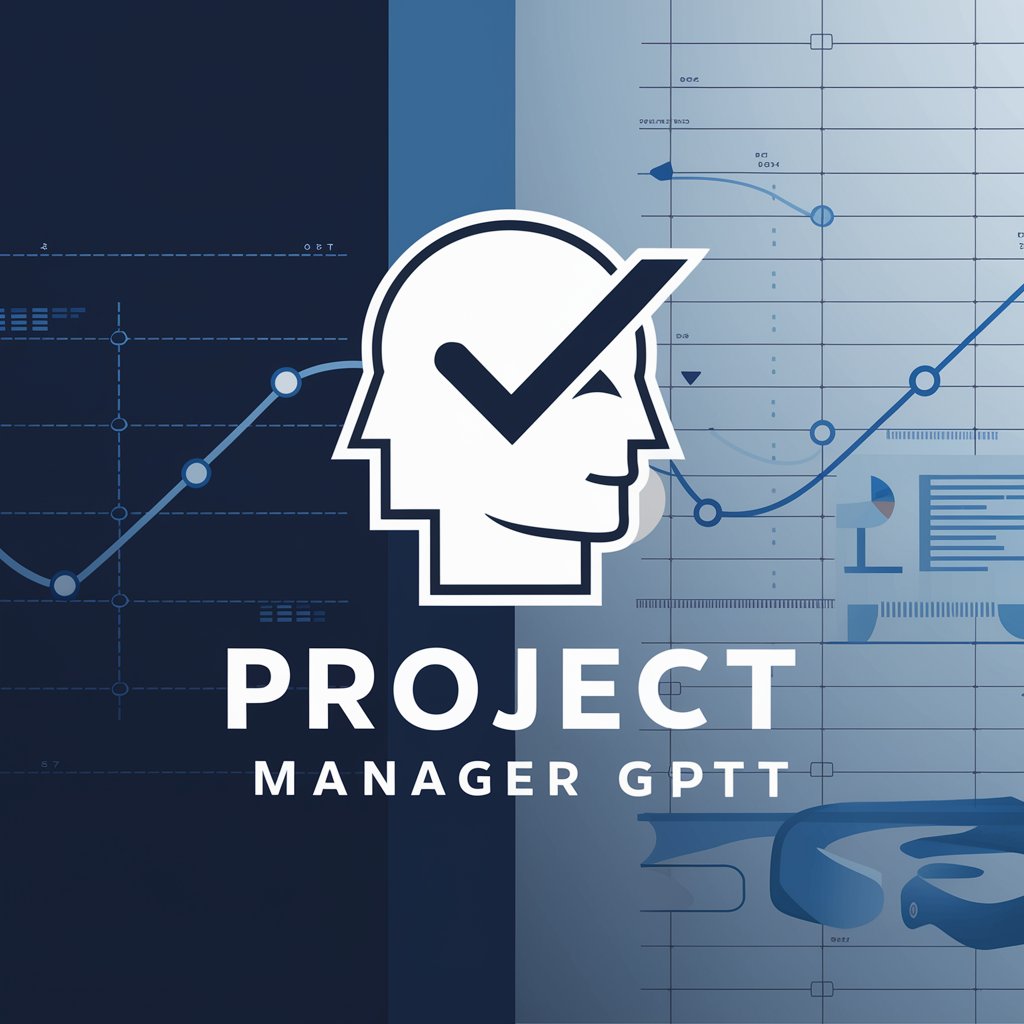
Project Manager GPT
Drafts project charters, work breakdown structures, and timelines from high-level projects.

Product Management GPT
Brainstorm, work more efficiently, and improve your decision-making as a product manager.

ProductGPT
Your Ultimate Product Naming and Description Assistant
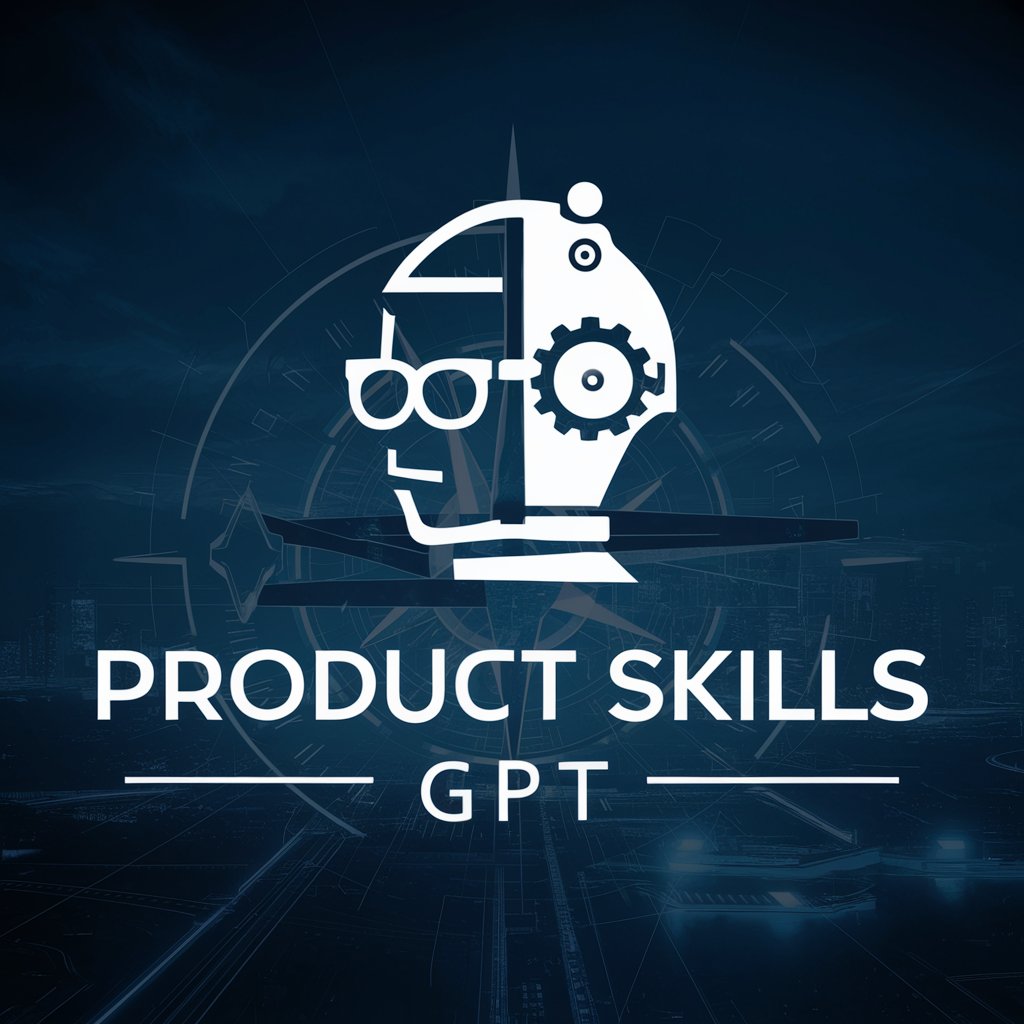
Product Skills GPT
Learn skills to be a Product Manager and ace interviews, trained by a product expert & mentor.
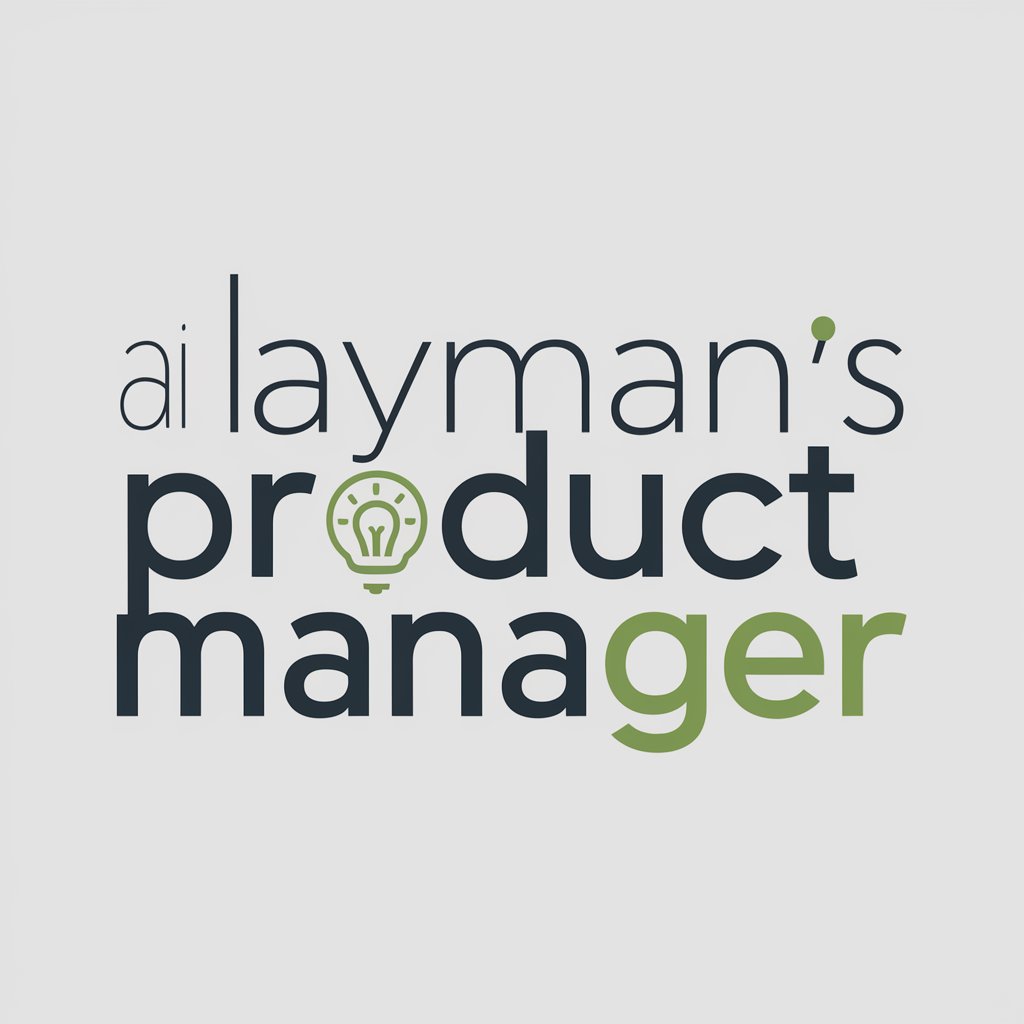
Product Manager GPT
Professional business idea generator that uses your motivations, skills & abilities, and budget to start a business.
Introduction to Product Manager GPT
Product Manager GPT is a specialized AI designed to assist in the realm of product management by generating acceptance criteria for software features based on user needs and business objectives. It is crafted to support product managers, developers, and stakeholders in defining clear, actionable, and measurable requirements for product features. The design purpose of Product Manager GPT is to streamline the product development process, enhance communication among team members, and ensure that product features align with user expectations and goals. For example, if a team is developing a new feature for a project management tool that allows users to assign tasks to team members directly from an email, Product Manager GPT can generate detailed acceptance criteria that describe how this feature should work, including user interface requirements, functional behaviors, and performance benchmarks. This ensures that the development team has a clear understanding of what they need to build and why, leading to more efficient and effective product development cycles. Powered by ChatGPT-4o。

Main Functions of Product Manager GPT
Generating Acceptance Criteria
Example
For a feature that allows users to export data reports in multiple formats, Product Manager GPT can provide criteria detailing the supported formats, the data to be included in reports, and the user interface elements necessary for this functionality.
Scenario
When a team is planning to introduce a new data export feature, Product Manager GPT can help by defining clear, concise criteria that guide the development process, ensuring that the feature meets user needs and business objectives.
Enhancing Team Communication
Example
By providing a common language and clear expectations, Product Manager GPT helps teams avoid misunderstandings and ensures that everyone is aligned on the feature's goals and requirements.
Scenario
In a scenario where a development team is distributed across different locations, Product Manager GPT's detailed acceptance criteria can serve as a reference point for discussions, reducing the risk of miscommunication and ensuring that remote team members have a clear understanding of the project objectives.
Streamlining Product Development
Example
Product Manager GPT can identify and outline the minimal viable product (MVP) features needed to test a new concept with users, enabling teams to focus on building core functionalities first before expanding the product based on user feedback.
Scenario
For a startup looking to quickly launch a new app to gather user feedback, Product Manager GPT can provide guidance on which features are essential for the initial release, helping the team prioritize development efforts and speed up the time to market.
Ideal Users of Product Manager GPT Services
Product Managers
Product managers can use Product Manager GPT to quickly generate detailed acceptance criteria for new features, ensuring that their vision is accurately translated into technical requirements. This helps in making informed decisions, prioritizing features, and communicating effectively with development teams.
Software Developers
Developers can benefit from Product Manager GPT by receiving clear and concise acceptance criteria that outline the expected functionalities, performance standards, and user interface requirements. This clarity helps in reducing development time, minimizing the need for revisions, and improving overall product quality.
Startups and Small Teams
For startups and small teams with limited resources, Product Manager GPT serves as an invaluable tool for focusing efforts on high-impact features and streamlining the product development process. It assists in defining MVP features, aligning team efforts, and ensuring that product development is driven by user needs and business goals.

How to Use Product Manager GPT
1
Visit yeschat.ai to access a free trial of Product Manager GPT without needing to log in or subscribe to ChatGPT Plus.
2
Define your project or feature requirements by specifying the problem you aim to solve or the functionality you wish to implement.
3
Input your requirements into the Product Manager GPT interface, framing your request clearly to ensure precise and relevant output.
4
Review the generated acceptance criteria, feature descriptions, or any other project documentation provided by Product Manager GPT.
5
Iterate on the feedback or further refine your query based on the initial output to enhance the quality and specificity of the guidance provided.
Try other advanced and practical GPTs
GPT Bet Builder
Revolutionizing Betting with AI-Powered Insights
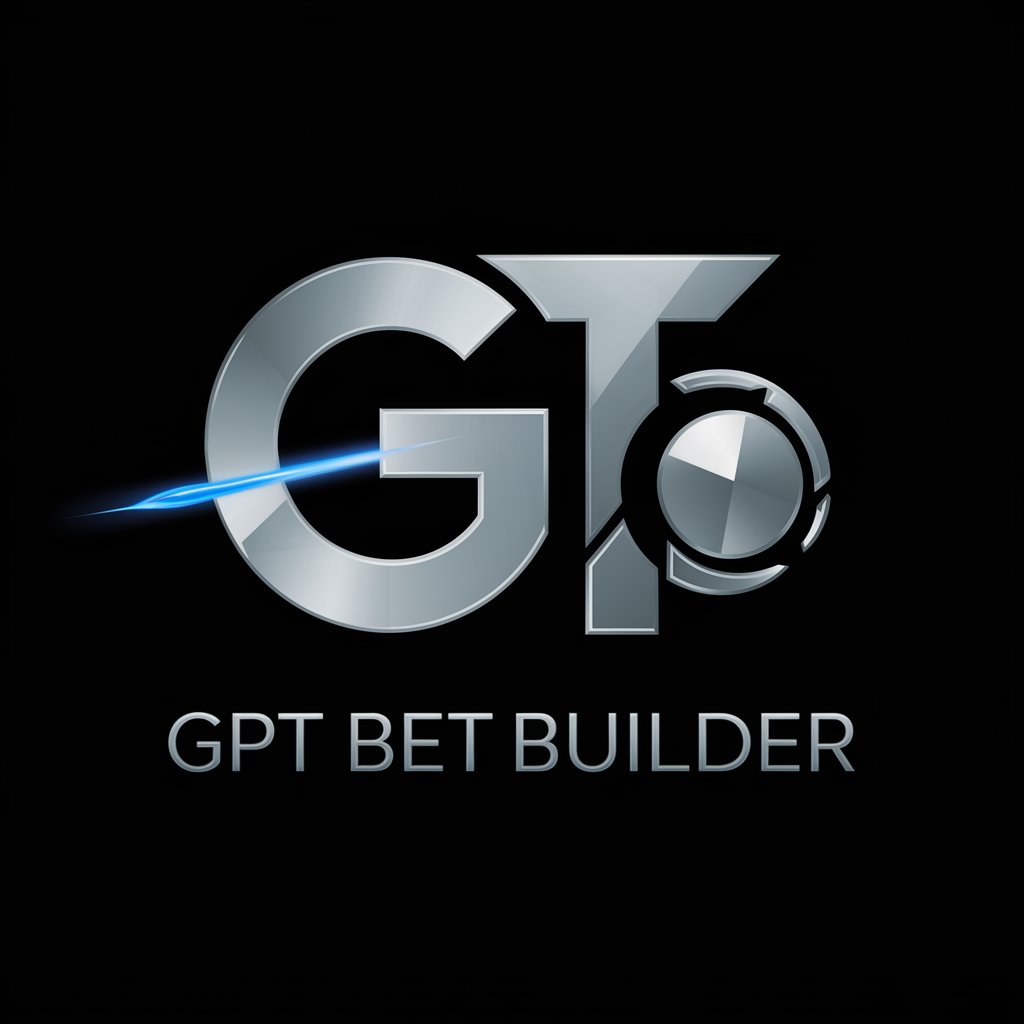
Armenian Political Struggle
Unlocking the complexities of Armenian politics

Alt Text Helper
Empowering Accessibility with AI-Driven Alt Text
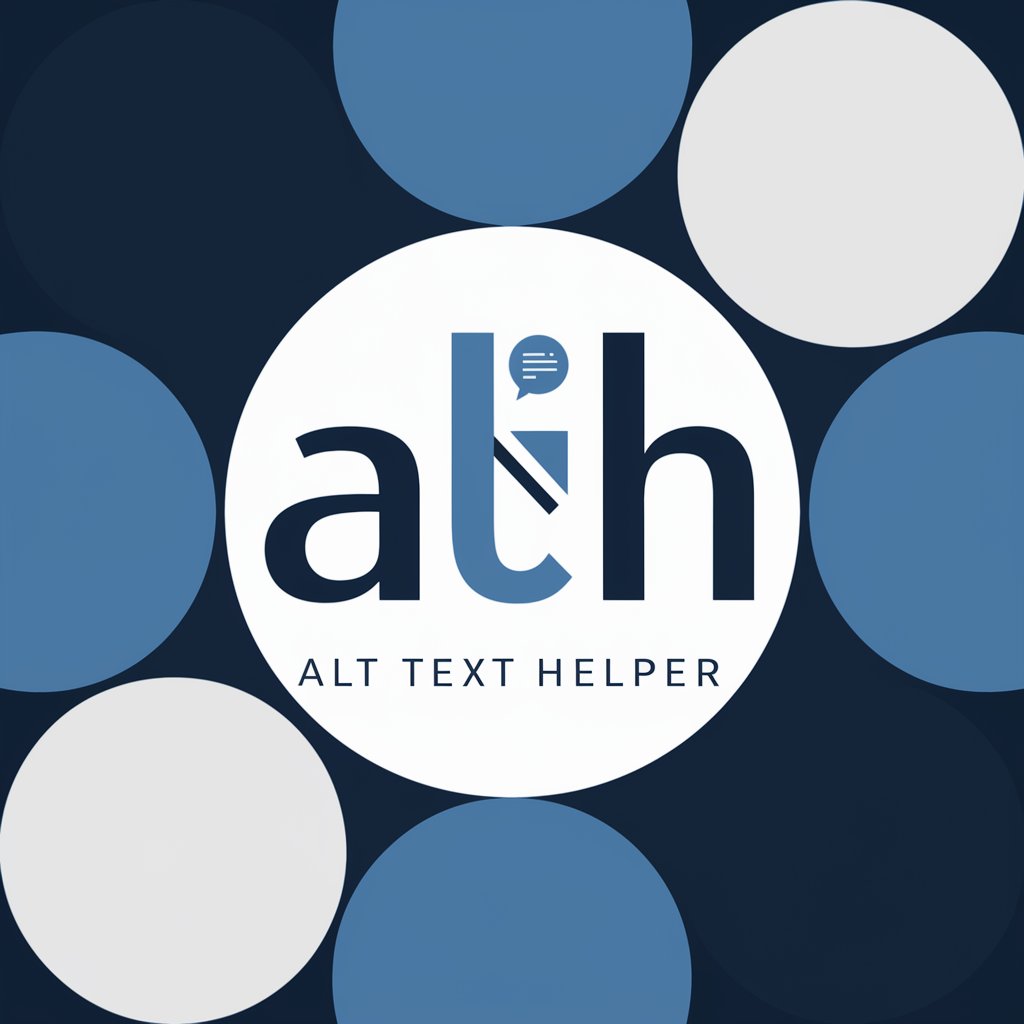
Creator Economy Guru
Empowering Your Creator Economy Journey with AI
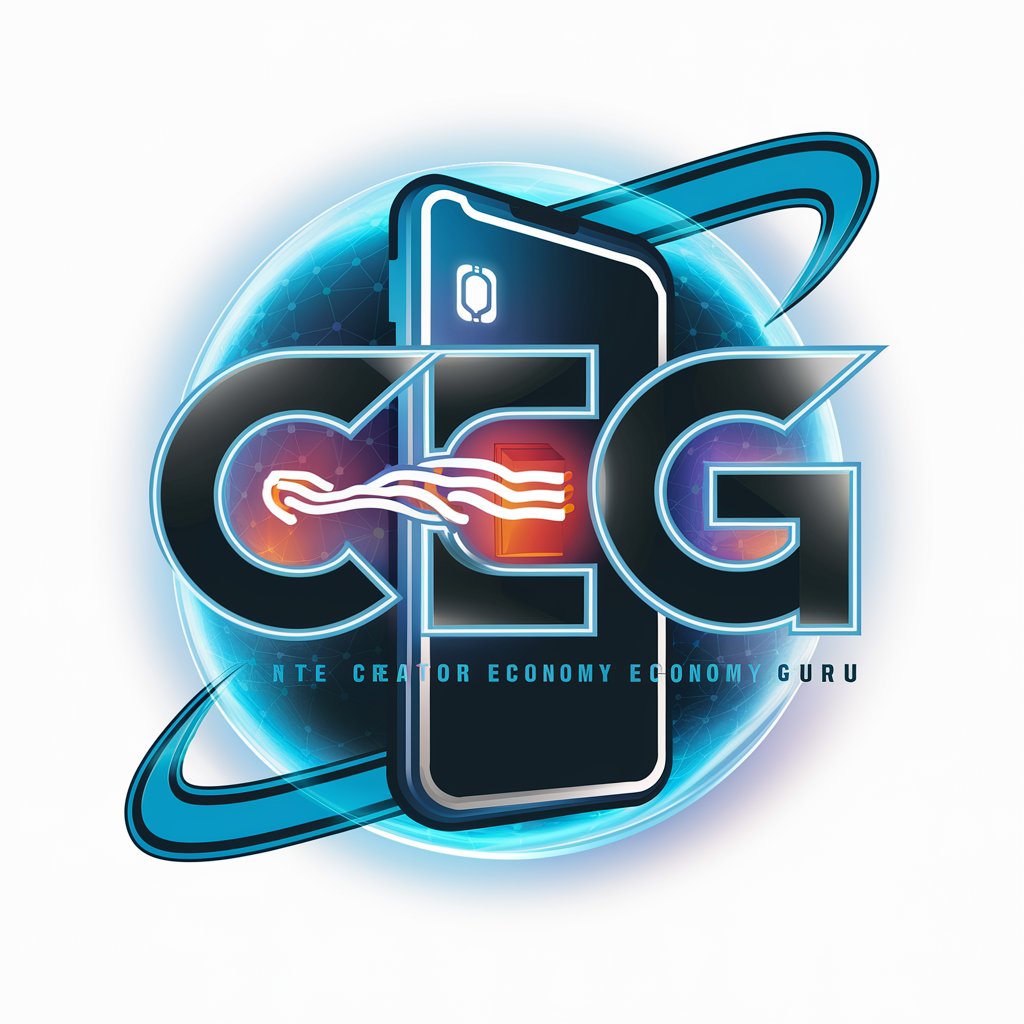
Digital Product Guru
Empowering MedTech Innovation with AI

简说Python
Empowering Python Learning with AI
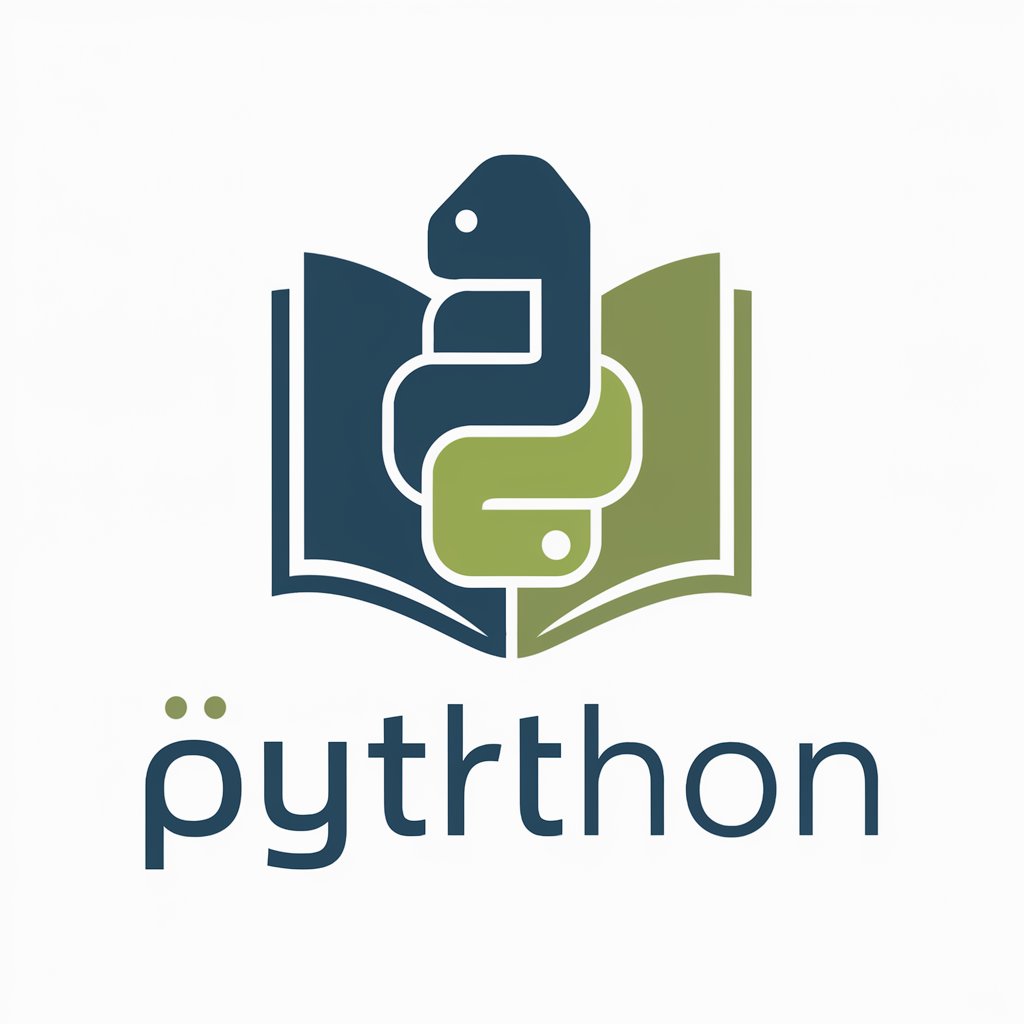
TailwindCSS builder - WindChat
Streamline Your Design with AI-Powered Tailwind CSS

日语猫
Master Japanese Effortlessly with AI

杨玉环
Experience ancient China with AI

Trouve ton tattoo
Craft Your Dream Tattoo with AI
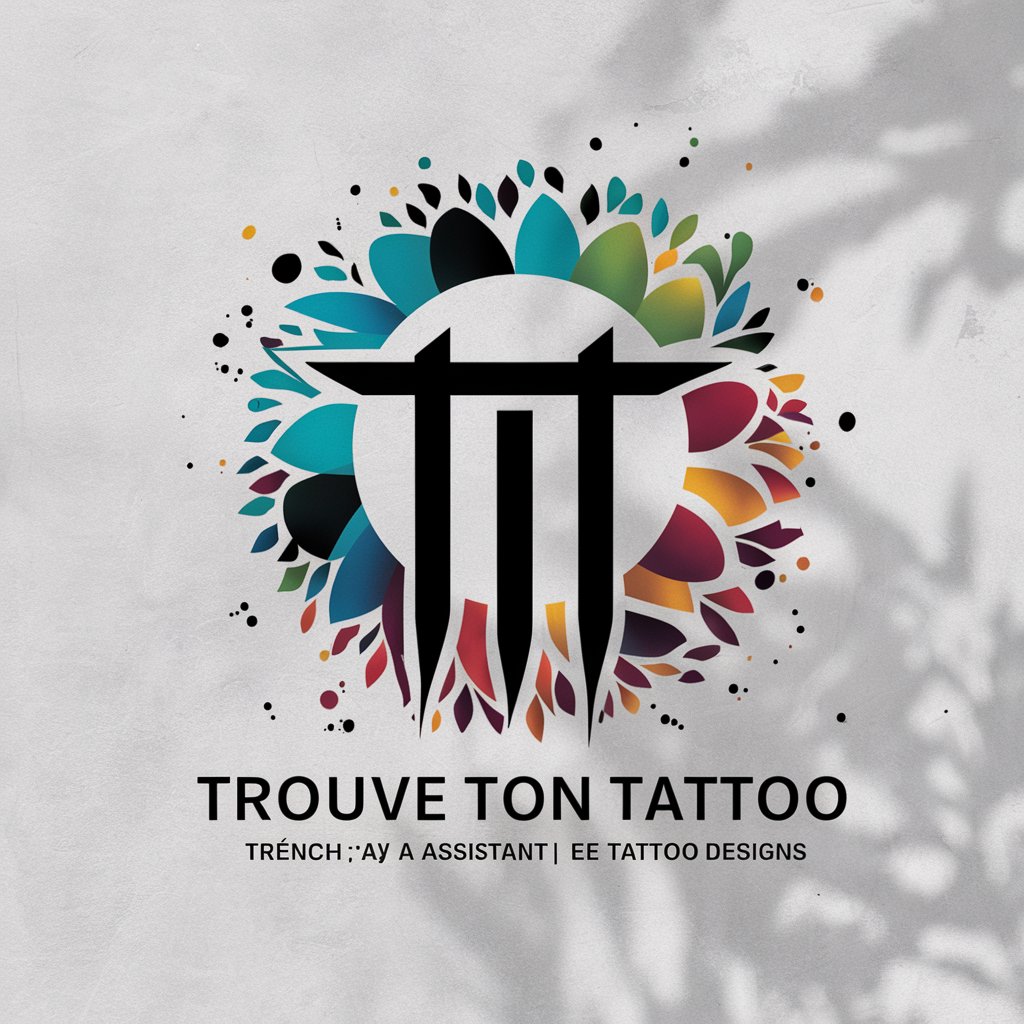
US Immigration Assistant
Streamlining Immigration with AI

HPLC Method Developer
Optimizing HPLC with AI

Detailed Q&A About Product Manager GPT
What is Product Manager GPT?
Product Manager GPT is an AI-powered tool designed to assist in the creation of product management documents, such as feature specifications, acceptance criteria, and user stories, streamlining the product development process.
Can Product Manager GPT generate project roadmaps?
Yes, Product Manager GPT can help outline project roadmaps by synthesizing input requirements into a structured format, identifying key milestones and deliverables for product development.
How does Product Manager GPT ensure the relevance of its output?
Product Manager GPT utilizes advanced natural language processing algorithms to understand the context and nuances of user inputs, ensuring that the generated output closely aligns with the specified requirements.
Is Product Manager GPT suitable for agile development environments?
Absolutely. Product Manager GPT is designed to support agile development methodologies by facilitating rapid iteration on product features, user stories, and acceptance criteria, enabling teams to adapt to changes more efficiently.
Can Product Manager GPT assist in user research?
While Product Manager GPT is primarily focused on product documentation, it can generate questions and frameworks that may guide user research efforts, helping to identify user needs and preferences.